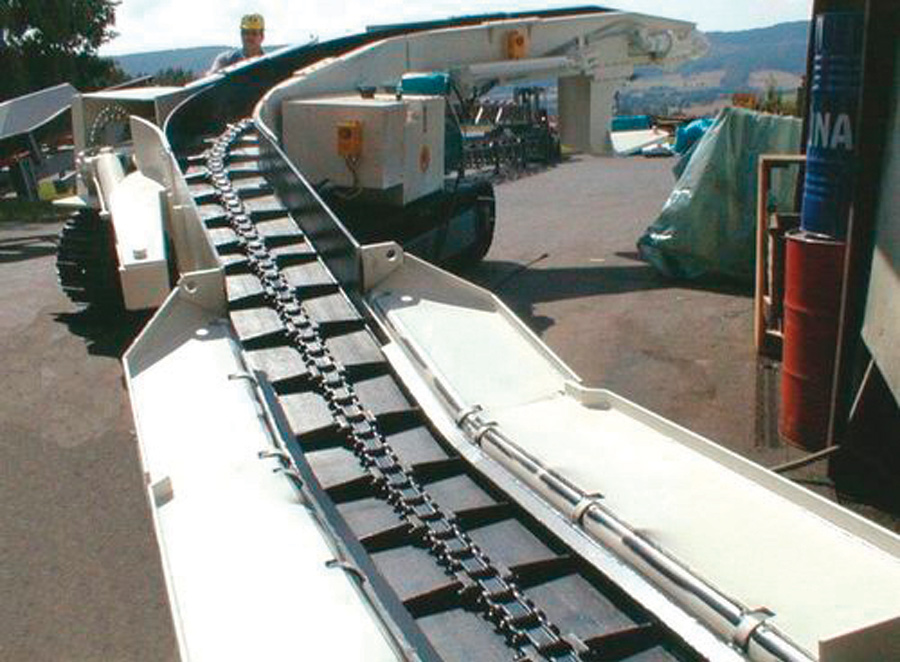ltra-high molecular weight polyethylene (UHMW-PE) is a high-performance plastic resin that is commonly converted via compression molding and ram extrusion into sheet, rod, tube, film and profile shapes. These products are typically machined into industrial parts often used in applications demanding a low friction coefficient and/or stout resistance to impact and abrasion, such as truck bed liners, hopper and chute liners, bearings, bushings, sprockets, wear strips, chain guides and marine fendering.
While UHMW-PE in its virgin natural state is considered one of the highest performing thermoplastics currently available, the preprocessed resin will also almost limitlessly accept liquid or dry additives, which can enhance or add performance characteristics or minimize negative attributes. When properly disbursed, the benefits of additives will generally be consistent throughout the cross-section of the material. There are also coating materials that can completely transform UHMW-PE’s surface while maintaining all the toughness of the base virgin material.
Some of the most common UHMW-PE additives include:
- Colorants for a virtually infinite color selection.
- Ultraviolet stabilizers increase resistance to UV light degradation.
- Chemical crosslinking agents improve wear resistance and reduce the coefficient of linear thermal expansion (CLTE).


- Silicone (liquid and dry), oil and molybdenum disulfide lubricants reduce the already low coefficient of friction.
- Biocides add antimicrobial properties that suppress the growth of bacteria on the material’s surface.
- Glass and ceramic microspheres increase hardness, improve dimensional stability and wear resistance while reducing the CLTE.
- Carbon black in specific concentrations yields surface resistivity values in the ranges required to consider UHMW-PE to be either antistatic or conductive. It is worth noting that, conversely, virgin natural UHMW-PE has very good insulating properties.
- Flame retardants (FR) are typically aimed at rendering the material self-extinguishing to various degrees. Some FR additives also reduce smoke density and toxicity.
- Metal powders or fines can increase heat conductivity and can make the material magnetically detectable depending on the choice of metal added.
- Antioxidants reduce performance degradation in cyclic elevated temperature applications.
- Boron can add neutron-absorbing capabilities effective in myriad radiation shielding applications where lead was traditionally used.
- Vitrified aggregate or silica sand as an integral sheet coating can make inherently slick standard UHMW-PE have excellent non-slip properties and appropriate for many heavy industry anti-skid plate applications.
- Fiberglass mat, again as an integral sheet coating added during resin conversion, provides an excellent bonding surface for gel coating and many epoxies.

